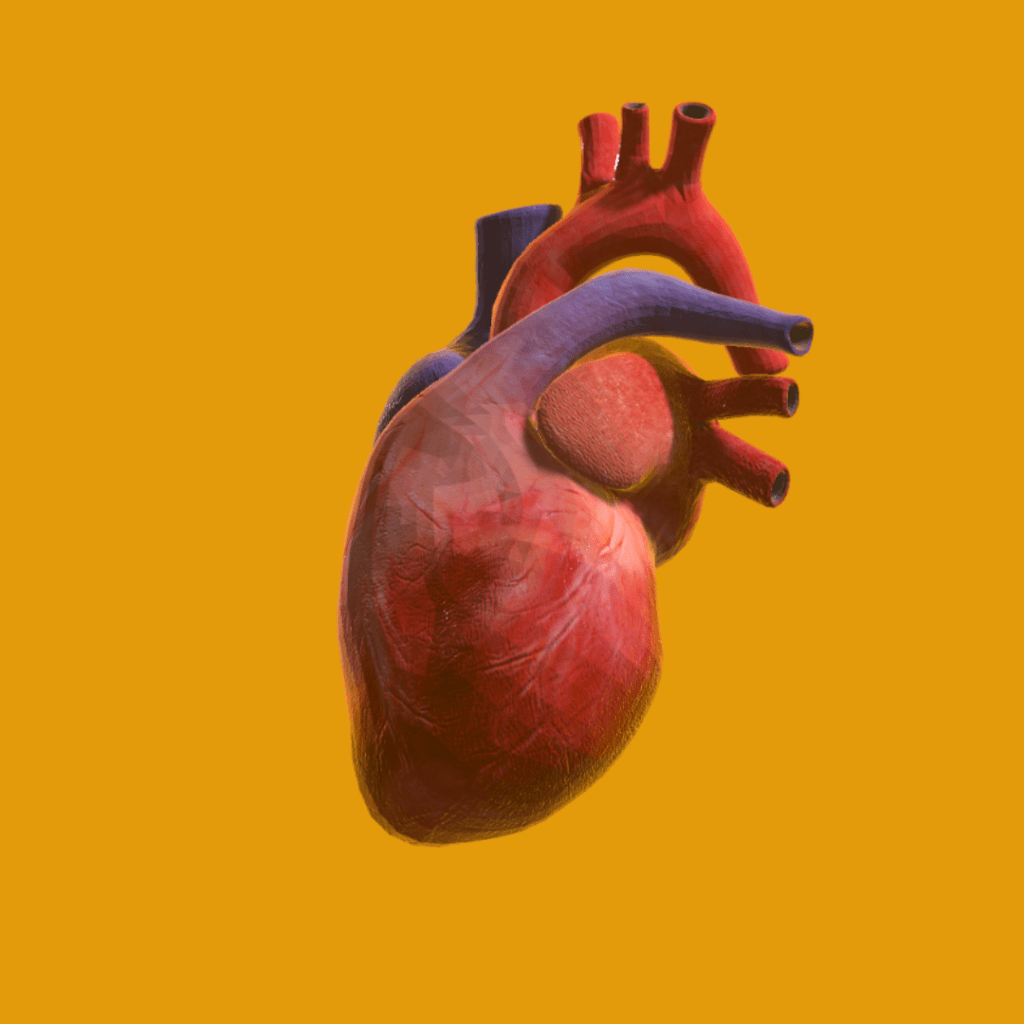Internal Heart Structure
The internal structure of your heart is a fascinating chambered system, like a well-oiled pump with four rooms and valves working together to keep blood flowing. Here’s a breakdown of the key features:
Chambers
Upper Chambers (Atria):
Right Atrium: This is a “deoxygenated blood hotel” where blood low in oxygen (after travelling through your body) arrives from two large veins:
- Superior vena cava (drains blood from the upper body)
- Inferior vena cava (drains blood from the lower body)
Left Atrium: This acts as a special “holding area” for blood that’s already been refreshed with oxygen in your lungs. Oxygen-rich blood arrives from four pulmonary veins.
Lower Chambers (Ventricles):
Right Ventricle: Think of it as the “recycle chamber.” It receives the deoxygenated blood from the right atrium and pumps it to the lungs for a fresh oxygen refill through a valve and a short artery called the pulmonary trunk.
Left Ventricle: This is the champion pumper of your heart! It receives oxygen-rich blood from the left atrium and, with its thick muscles, contracts with a lot of force to push this blood throughout your body through a large artery called the aorta.
Valves
These are like special doorways that control the flow of blood within the heart, ensuring it goes in the right direction:
Atrioventricular valves (AV valves): Separate the atria from the ventricles and prevent blood from flowing backward.
Tricuspid valve: Located between the right atrium and right ventricle.
Mitral valve (bicuspid valve): Located between the left atrium and left ventricle.
- Semilunar valves: Guard the exits of the ventricles.
- Pulmonary valve: Located between the right ventricle and the pulmonary trunk.
Aortic valve: Located between the left ventricle and the aorta.



